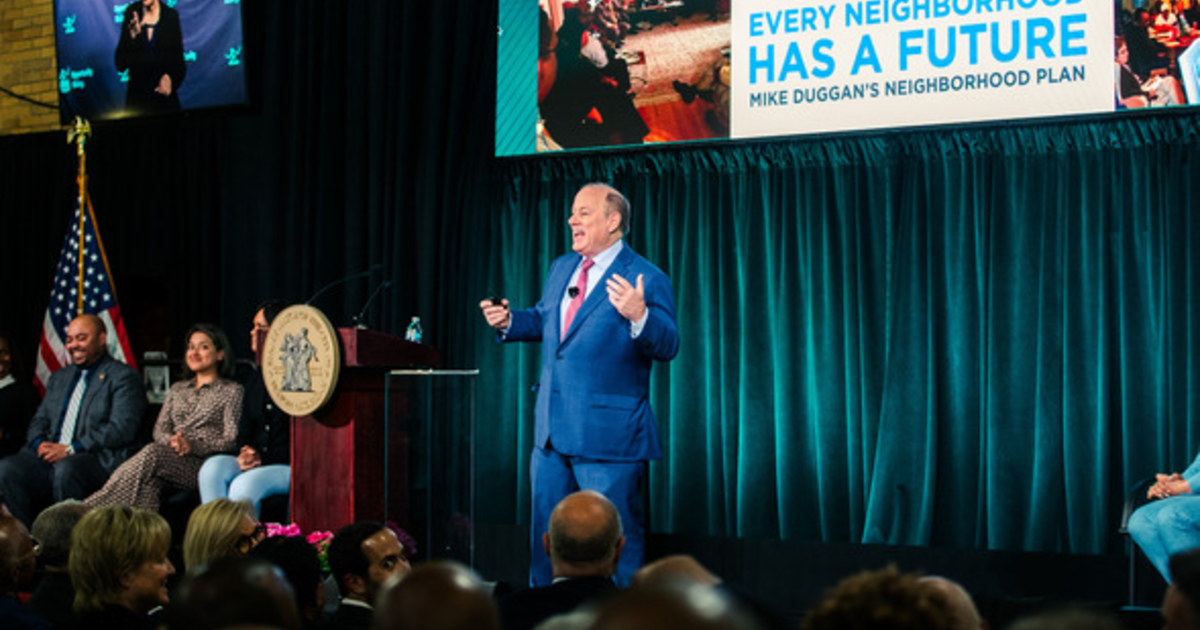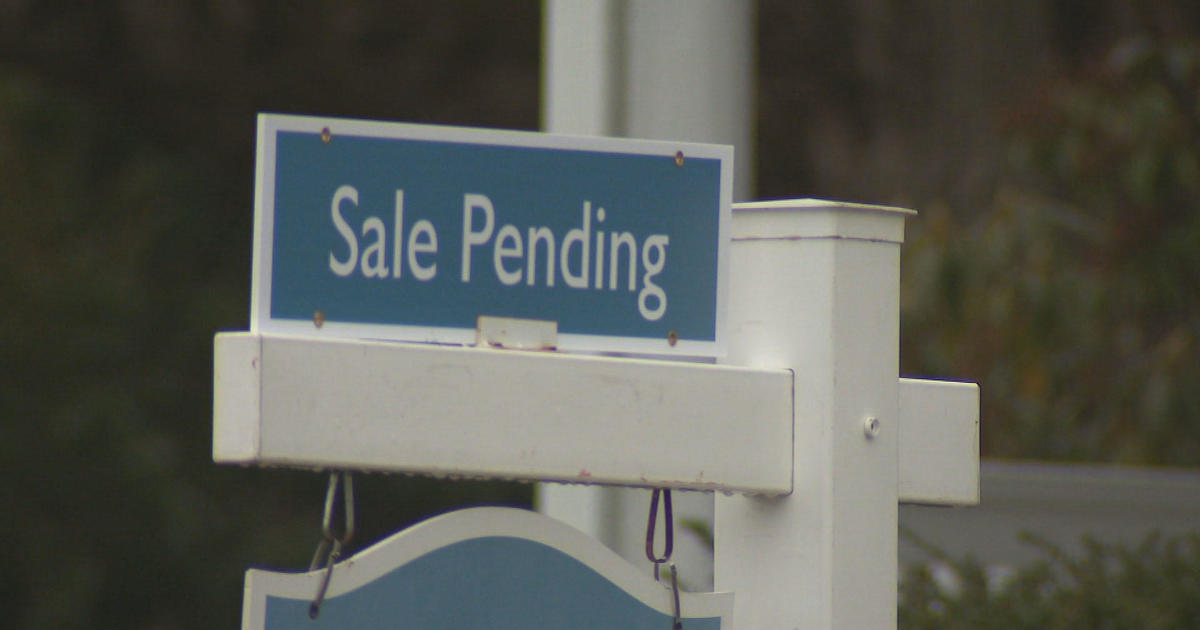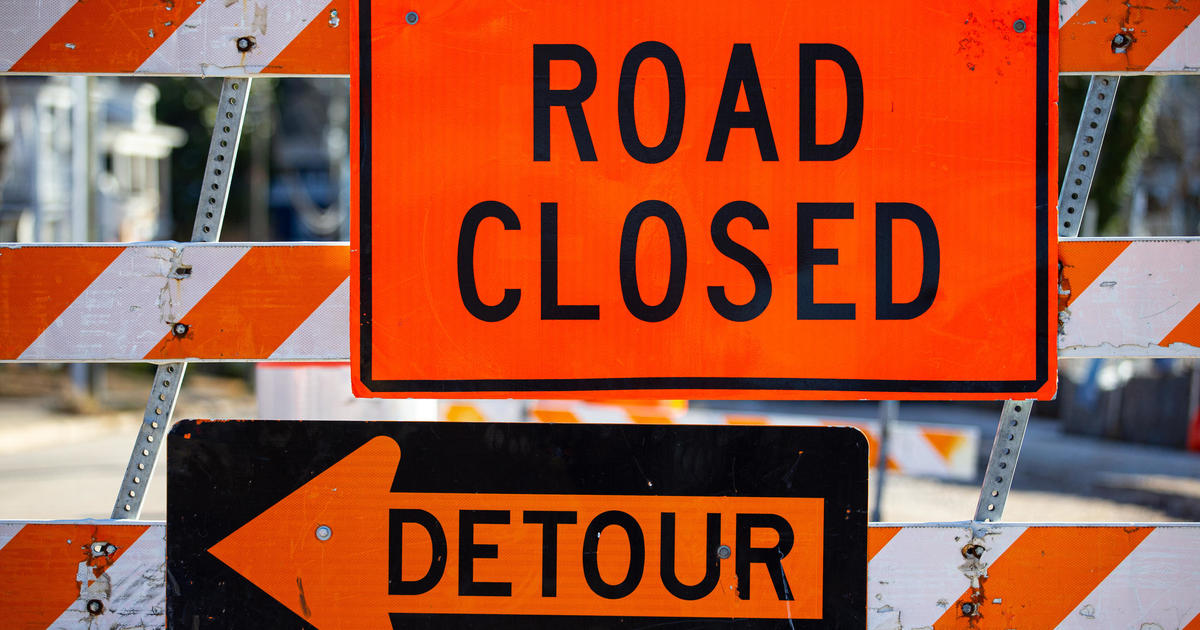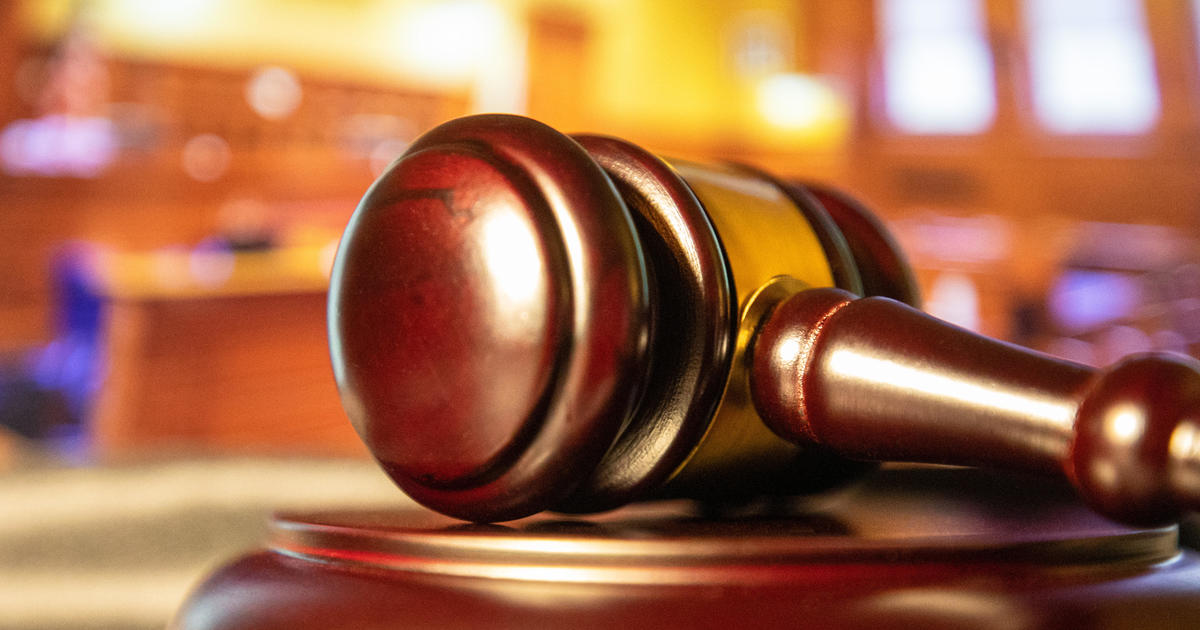Randy Bhirdo's Traffic Facts: Roundabout
You see them more and more around the state. We're talking about roundabouts. Also called a traffic circle, a roundabout is a circular intersection design increasingly used by MDOT.
I love those roundabouts. The only problem I see is where people are unfamiliar with roundabouts. They're taking a long time to figure out what to do and that's causing impatience in the people behind them," said Sam Richeson, a roundabout fan.
When selected and designed correctly, roundabouts can handle a high volume of traffic including commercial trucks and large emergency vehicles. Roundabouts can also cost less than traditional signalized intersections.
Explaining why she thinks some drivers aren't taking to the idea roundabout user Diane Schultz said, "It's not that they don't understand the roundabouts -- it's that sometimes when you get older your reactions are a little slower."
It's important to remember to choose your lane before entering the roundabout. And also keep in mind that traffic moves counter-clockwise and you always yield to the traffic that is in the circle.
Compared to other types of intersections, roundabouts have some good benefits. Improved safety; more than 90% reduction in fatalities, 76% reduction in injuries, 35% reduction in crashes, slower speeds are generally safer for pedestrians, reduced congestion, less pollution and fuel use, savings over installing, powering and maintaining a traditional intersection. Smaller roundabouts may require less right-of-way than traditional intersections and often less pavement is needed.



